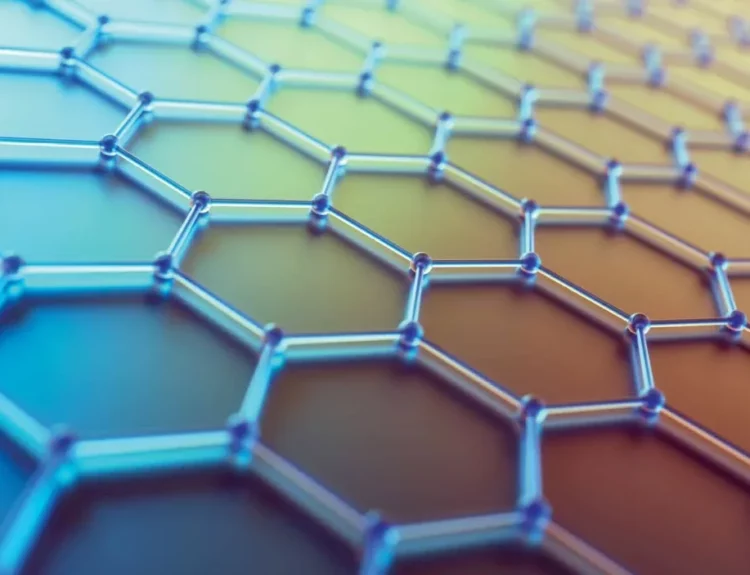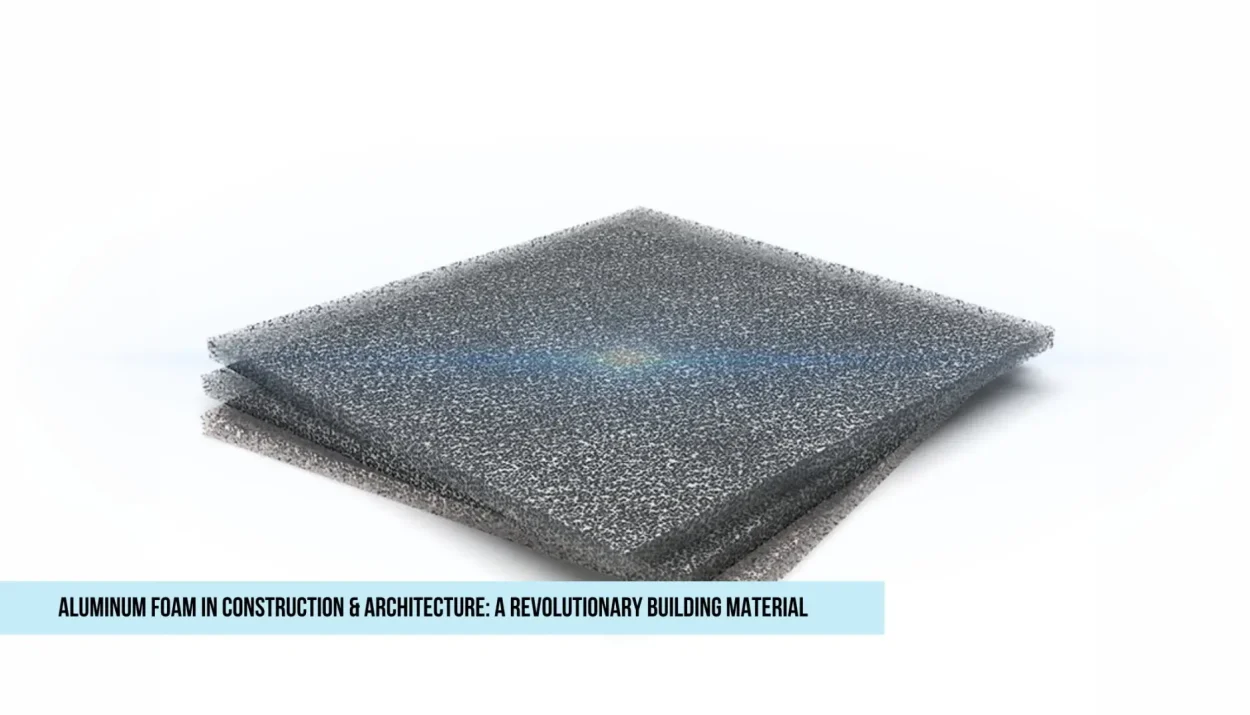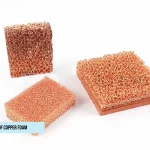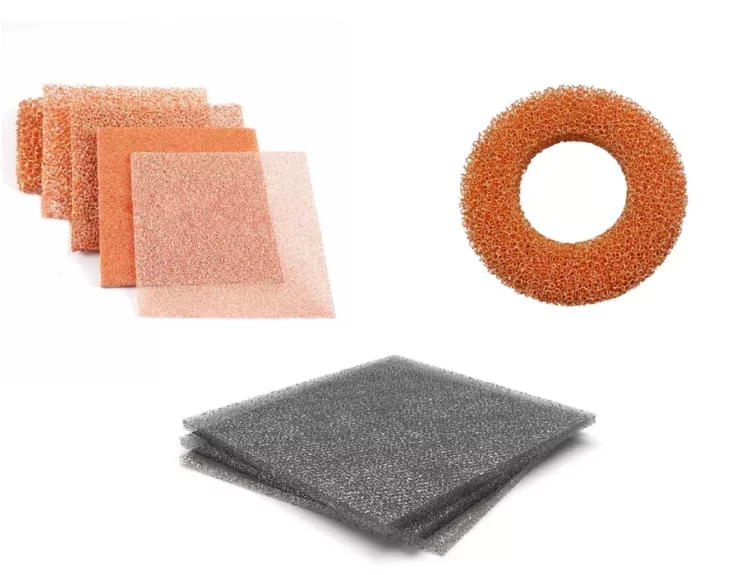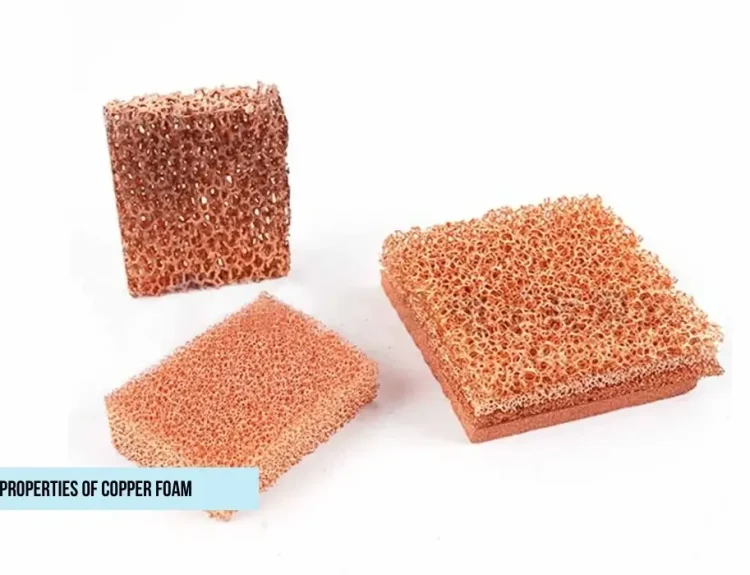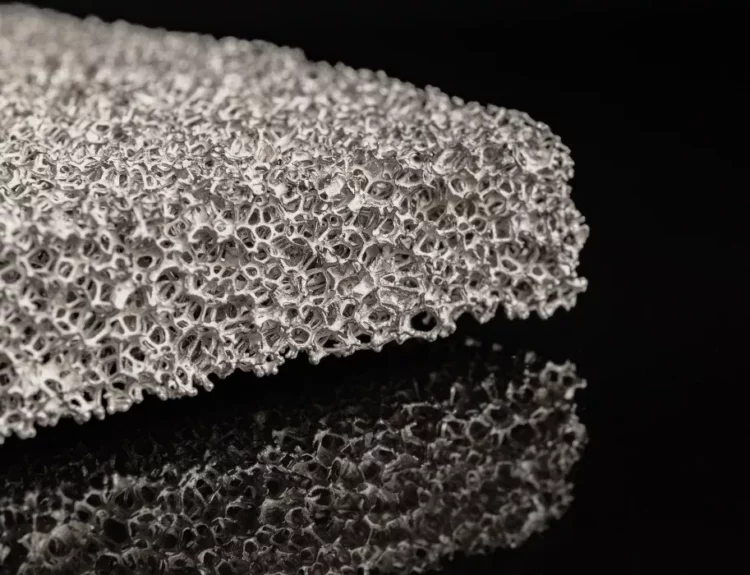Imagine buildings being light as a feather, strong as steel, and full of tiny air pockets. That’s precisely what aluminum foam offers! This special bubbly metal is changing how we construct homes, offices, and skyscrapers. Let’s explore why builders and architects are getting so excited about it.
What Makes Aluminum Foam Special?
- It’s Surprisingly Strong
- It looks like a metal sponge with thousands of tiny bubbles
- It weighs much less than solid metal but can still support heavy weights
- Perfect for tall buildings where every pound matters
- Natural Temperature Control
- Acts like a thermos – keeps heat in during winter and out during summer
- Can reduce heating and cooling costs by about 30%
- It helps maintain comfortable indoor temperatures naturally
- Built-in Safety Features
- It won’t catch fire like many building materials
- Doesn’t release toxic smoke if exposed to flames
- It is already used in fire escapes and safety walls
- Noise Reduction Superpower
- Absorbs sound waves like a sponge soaks up water
- Great for buildings in noisy cities or near airports
- Good for the Planet
- Often made from recycled aluminum (like old soda cans)
- It can be recycled again when the building is eventually torn down
- Produces less waste during construction
Where We’re Using Aluminum Foam Today
Building Exteriors
- Creates modern, textured facades with unique patterns
- Let air circulate while blocking excess heat
- Can be shaped into artistic designs
Floors and Walls
- It makes structures lighter without sacrificing strength
- It is instrumental in earthquake-prone areas
Sound-Sensitive Spaces
- Recording studios
- Hospital operating rooms
- Luxury apartments in busy urban areas
Current Challenges
- Still more expensive than common materials
- Requires some new construction techniques
- Not yet widely available everywhere
What’s Coming Next?
- Buildings with 3D-printed foam parts made on-site
- Walls that automatically regulate temperature
- Roofs with built-in solar technology
- Surfaces that repair small cracks by themselves
Why This Matters for All of Us
- Shortly, aluminum foam could lead to:
- Homes that stay comfortable with less energy
- Workplaces free from outside noise
- Schools that are safer in emergencies
- Beautiful buildings that are also practical
Conclusion
Aluminum foam represents a paradigm shift in construction materials, offering architects unprecedented freedom to design simultaneously lighter, stronger, more energy-efficient, and more beautiful buildings. As production costs decrease and construction methods adapt, we will likely see aluminum foam move from specialty applications to mainstream building projects. The material’s unique properties position it perfectly to address three critical challenges of 21st-century construction: sustainability, energy efficiency, and resilience.
